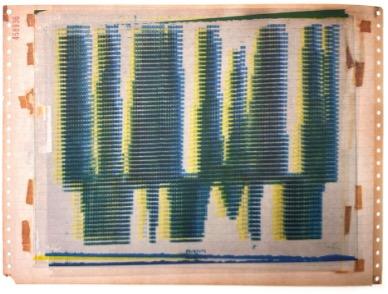ARI 350R / ARI 386M
Tues 3:30pm – 6:30pm, WMB 5.102
Open to all ARC students, all ARI students, LAR students, and U D students
Hans Tursack: hans.tursack@austin.utexas.edu
The history of digital tools in architecture and design is often shorthanded to a small list of techniques, people, and platforms that gained popularity in select academic circles and professional offices in the 1980s and 1990s. Significant though these experiments, groups, and offices were, a host of alternative histories of custom software, hardware, and programming cultures are being documented and published in fields adjacent to our own such as: software studies, platform studies, media theory and videogame studies. In this seminar, we will read and discuss artists, architects, and designers who made visual work at the periphery of the so-called Digital Turn in architectural discourse through theoretical and historical texts—what media theorists like Alexander R. Galloway might call a history of the incomputable. Such figures include architects but also: software engineers, gamers, generative artists, digital audio artists, animators and theorists who use code and the non-conscious cognition of technical systems (to use media theorist N.Katherine Hayles’ term) to co-author visual art.
Through lectures, discussions, presentations, and short design projects, students will be introduced to creative coding (using the Processing 4 platform), its history, theory, and application in architecture.


